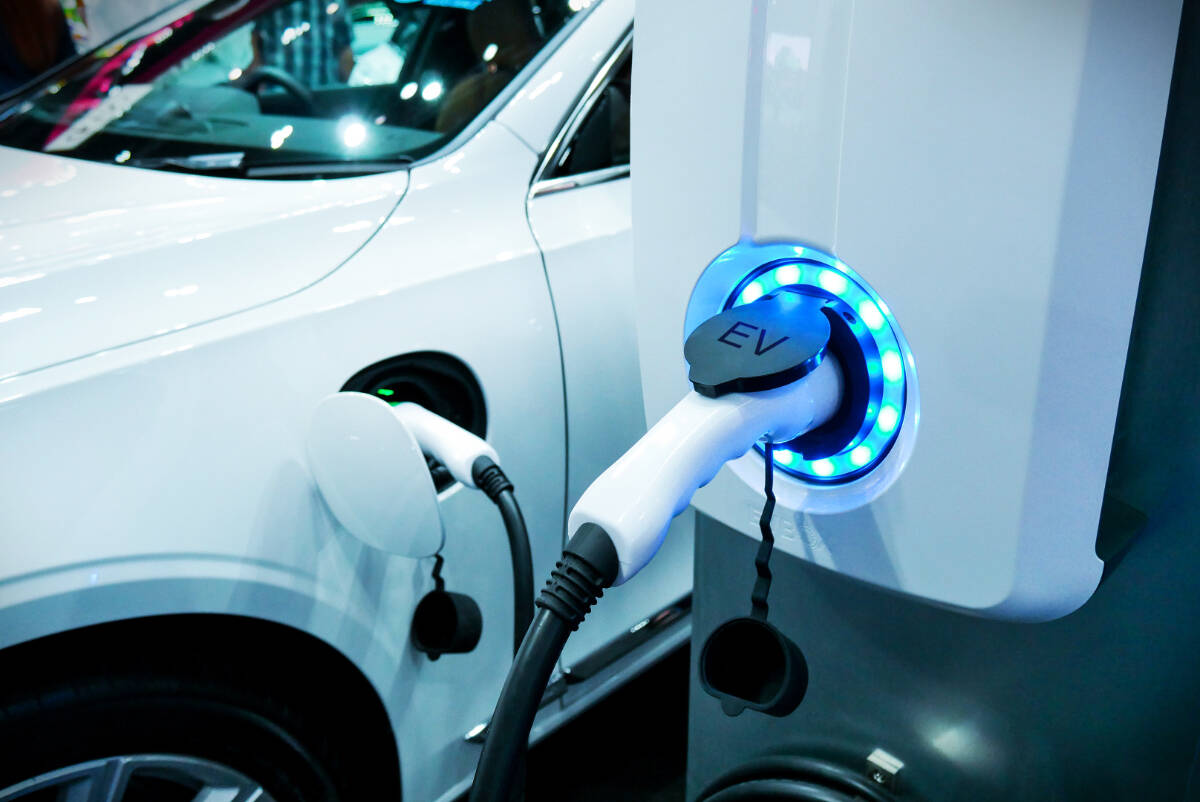By Blair Qualey
According to a recent Bloomberg Green analysis of zero emission vehicle adoption, 23 counties – including Canada – have now passed what’s become a critical tipping point: five per cent of new vehicles sold are powered by electricity. It’s important because it signals the start of mass adoption when technological preferences rapidly flip.
The newcomers – Canada, Australia, Spain, Thailand and Hungary – join a cohort that also includes the US, China and most of Western Europe. The trajectory laid out by these early adopters shows how EVs can surge from five per cent to 25 per cent of new cars in just four years. Likewise, once 10 per cent of an automaker’s quarterly sales were experienced, that share nearly tripled in less than two years, on average.
Most successful new technologies, whether they be televisions, mobile phones or LED lightbulbs — follow an S-shaped adoption curve. Sales begin slowly and then increase rapidly once the innovation has gone mainstream. Five per cent seems to be the inflection point. The time it takes to get to that level varies widely by country, but once the universal challenges of car costs, charging station availability and driver skepticism are solved for the few, the masses soon follow.
As Bloomberg writer Tom Randall so eloquently puts it, convincing everyone to adopt a new technology can be a slog at first. The humble microwave oven, for example, took two decades of lukewarm sales to reach just a tenth of U.S. households. But then came the 1980s, and quicker than you could say “Hot Pockets,” microwaves had spread to nearly every kitchen.
Last year, the market share of zero emission vehicles in Canada increased to 8.9 per cent and in British Columbia, ZEV sales represented more than 18 per cent of new light duty passenger vehicles, the highest percentage of any province.
Today, there are more than 110,000 zero emission vehicles registered in B.C., the majority of those purchased with the benefit of the Clean BC Go Electric Passenger Vehicle Rebate Program, which the NCDA delivers in collaboration with the Province of British Columbia and funded by BC Hydro.
We know success of the program will be key to long-term success and to the province meeting its ambitious target of 100 per cent of all light-duty vehicle sales in the province being ZEVs by 2035. However, we also know there are several issues that will play a critical role, including price and access to electric pick-up trucks or SUVs to accommodate lifestyle or work requirements. There must also be an ongoing commitment to a robust fast charging network across the province to address the very real issue of range anxiety. Progress is being made but clearly, more must be done, especially in the province’s rural and remote areas where access to charging stations is limited, and as a result, adoption has been modest.
The transition to a clean and sustainable economy has been accelerating over the last decade, but an ongoing commitment to address key factors will be important if B.C. is to meet provincially mandated-targets – and achieve mass adoption.
Blair Qualey is President and CEO of the New Car Dealers Association of BC. You can email him at bqualey@newcardealers.ca.

